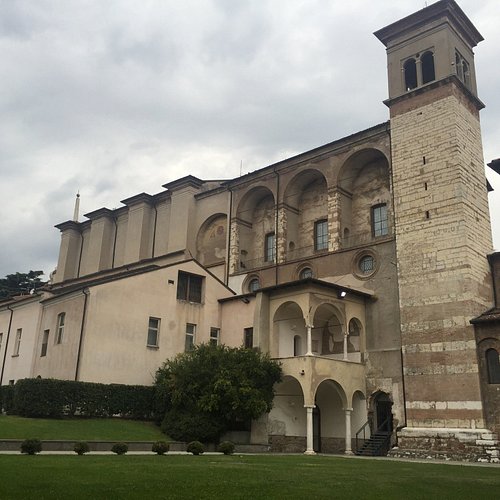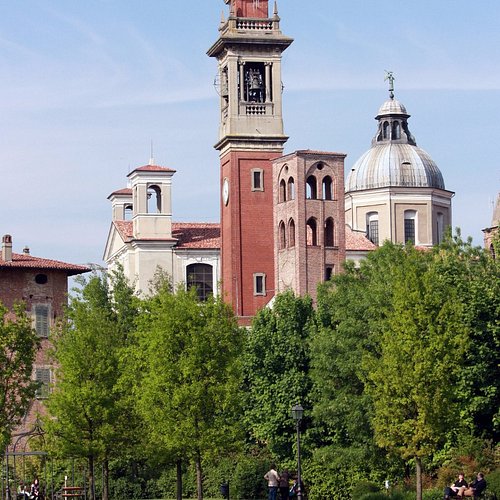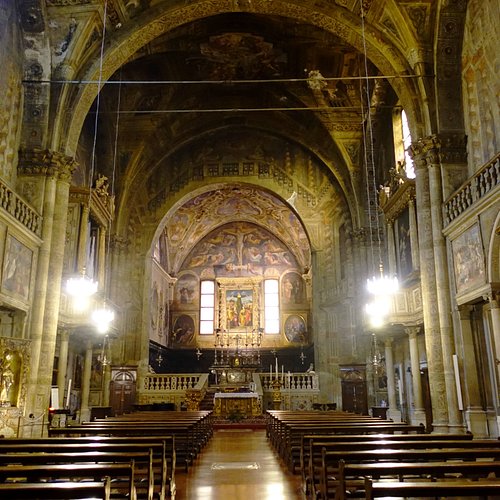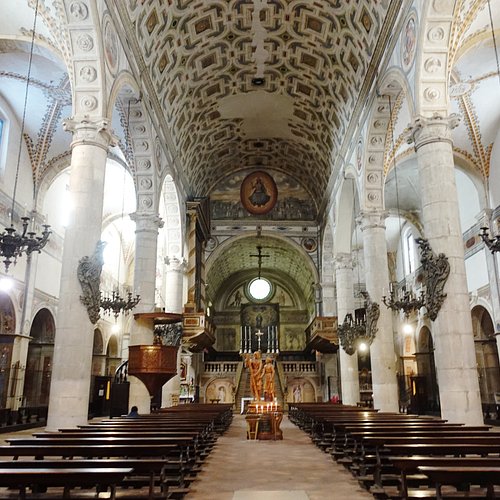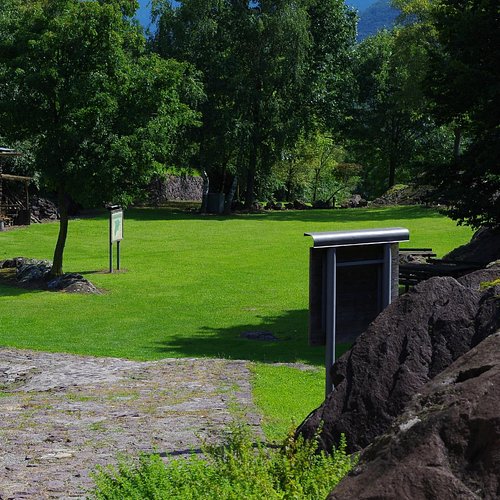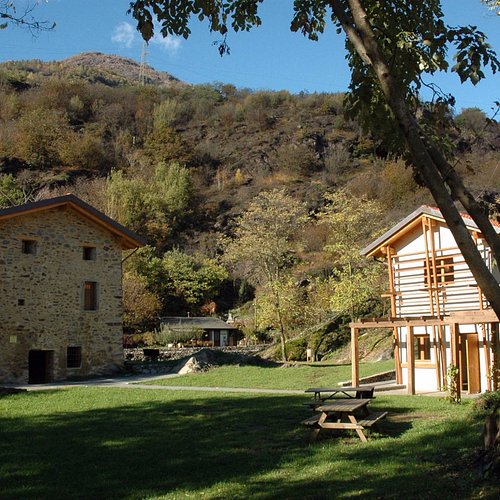The 10 Best Historic Sites in Province of Brescia, Lombardy
The Province of Brescia is a Province in Lombardy, northern Italy.
Restaurants in Province of Brescia
1. Basilica di San Salvatore (Museo di Santa Giulia)
Overall Ratings
5.0 based on 69 reviews
La basilica di San Salvatore è una delle testimonianze più importanti dell'architettura religiosa alto-medievale conservata in alzato. Nel progetto del re Desiderio, che nel 753 d.C. fondò il monastero dedicandolo a San Salvatore, e più tardi facendovi collocare le spoglie della martire Santa Giulia, la chiesa-mausoleo doveva porsi come uno dei simboli del potere dinastico della monarchia e dei ducati longobardi. Gli interventi condotti all'interno dell'edificio hanno messo in luce non solo parte delle sue murature originarie, ma anche resti di una domus romana sottostante (I-IV secolo d.c.),alcune strutture riferibili alla prima età longobarda (568-650) e le fondazioni di una chiesa più antica, ora parzialmente visibili. All'interno, sulle due file di colonne eterogenee (alcune provenienti da edifici romani), notevoli i capitelli, due di tipo ravennate (sec. VI). Degli affreschi e della decorazione a stucco di età carolingia (sec. IX) restano frammenti o sinopie.
2. Basilica Romana Minore San Lorenzo Martire
3. Chiesa di Sant Ercolano Vescovo
Overall Ratings
5.0 based on 4 reviews
4. Chiesa di S. Agata
5. Chiesa di S. Giuseppe
6. Segheria Veneziana
7. Fondazione Ugo Da Como
Overall Ratings
4.5 based on 139 reviews
Nestled amongst the stunning Southern hills of Lake Garda, in the heart of the historical centre of Lonato, lies the home of the Ugo Da Como Foundation with the castle (Rocca Visconteo Veneta) and the house-museum (Casa del Podestà). An evocative visit takes you through the furnished rooms of the house, also to a stunning library filled with a precious ancient book collection. The house is surrounded by splendid private gardens and the last step of the visit takes you up to the Visconti-Venetian fortress, admired by Napoleon.
8. Parco Comunale delle Incisioni Rupestri di Luine
9. Il Santuario di Montecastello
Overall Ratings
4.5 based on 231 reviews
Reviewed By stevef12018 - London, United Kingdom
beatiful old church up on the hill side. free entry, remember to 'cover up' those arms and legs! and enjoy the views
10. Parco Archeologico Comunale di Seradina-Bedolina
Overall Ratings
4.5 based on 52 reviews
Instituted in 2005 in occasion of the 50th anniversary of the National Park of Rock Engravings of Naquane, the City Archaeological Park of Seradina and Bedolina preserves a lot of engraved rocks with, principally, single figures, men with weapons also on horses, hunting beatings, plough scenes. These carvings have been dated, mostly, between Bronze Age (2000 b.C.) and Iron Age (1000 b.C.). In the highest zone of the Park (Bedolina) it is possible to admire the famous “Map of Bedolina”, probably a topographic reproduction of the around territory. Inside the Park there are five different itineraries consisting of easy paths plunged in the nature that visitors can follow in order to discover the sectors the Park consists in. The particular micro-climate characterizing this area permits the growth of uncommon natural species such as Opuntia Compressa (a little Indian fig). This context was considered, by prehistoric tribes, as an holy one and the mountains protecting the area (Pizzo Badile and Concarena), during special periods of the year, “play” with sun and its rays, producing light tricks.

